What Is A Low Pass Filter Camera ?
A low pass filter camera is a type of camera that is equipped with a low pass filter (also known as an anti-aliasing filter). This filter is placed in front of the camera's image sensor and is designed to reduce the occurrence of moiré patterns in images. Moiré patterns are unwanted interference patterns that can appear when photographing subjects with repetitive patterns, such as fabrics or buildings with fine details. The low pass filter works by slightly blurring the image before it reaches the sensor, which helps to prevent the interference patterns from occurring. While the low pass filter effectively reduces moiré, it also slightly reduces the overall sharpness of the image. In recent years, some camera manufacturers have started to remove the low pass filter from their cameras in order to achieve maximum sharpness, relying on advanced image processing algorithms to handle moiré patterns instead.
1、 Definition of a low pass filter in photography
A low pass filter camera, also known as an anti-aliasing filter camera, is a type of digital camera that incorporates a low pass filter in front of the image sensor. The purpose of this filter is to reduce the occurrence of moiré patterns, which are unwanted interference patterns that can appear when photographing subjects with repetitive patterns such as fabrics or buildings with fine details.
The low pass filter works by slightly blurring the image before it reaches the sensor, which helps to prevent the sensor from capturing high-frequency details that may cause moiré. By sacrificing a small amount of sharpness, the low pass filter ensures that the final image is free from distracting patterns and artifacts.
However, in recent years, there has been a shift in the photography industry towards the removal or reduction of low pass filters in cameras. This is primarily due to advancements in sensor technology and image processing algorithms, which have made it possible to address moiré issues through software rather than hardware.
Many photographers now prefer cameras without low pass filters as they offer the potential for increased sharpness and detail in images. Without the filter, the sensor can capture finer details and produce images with enhanced clarity. However, it is important to note that the absence of a low pass filter can also increase the risk of moiré patterns appearing in certain situations.
Ultimately, the decision to use a low pass filter camera or not depends on the photographer's specific needs and preferences. Some photographers may prioritize the elimination of moiré patterns, while others may prioritize maximum sharpness and detail.
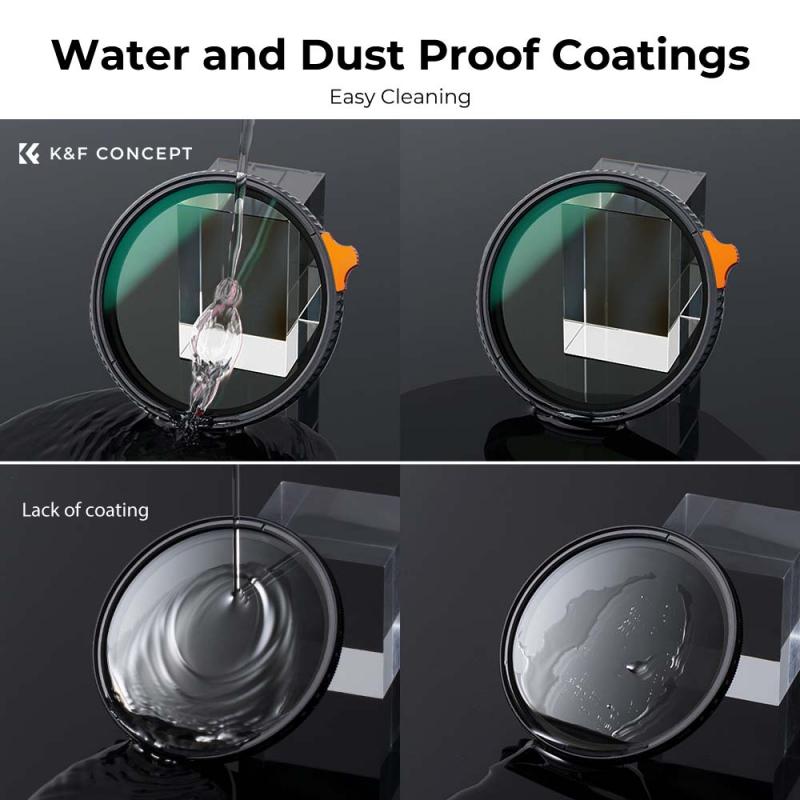
2、 Purpose and function of a low pass filter in cameras
A low pass filter camera, also known as an anti-aliasing filter camera, is a type of camera that incorporates a low pass filter in front of the image sensor. The purpose of this filter is to reduce the occurrence of moiré patterns and false color artifacts in images.
Moiré patterns are unwanted interference patterns that can occur when photographing subjects with repetitive patterns, such as fabrics or buildings with fine details. These patterns can cause distortion and make the image appear unnatural. The low pass filter works by slightly blurring the image before it reaches the sensor, which helps to prevent the occurrence of moiré patterns.
The function of the low pass filter is to limit the resolution of the camera slightly. It does this by reducing the sharpness of the image, as the blurring effect of the filter reduces the amount of fine detail that can be captured. This is because the filter is designed to slightly blur the high-frequency components of the image, which are responsible for capturing fine details.
However, in recent years, there has been a trend towards removing the low pass filter from cameras, particularly in high-end models. This is because advancements in sensor technology have allowed for higher resolution and improved image quality without the need for a low pass filter. Removing the filter allows for sharper images with more fine detail, making it particularly beneficial for landscape, architectural, and portrait photography.
In conclusion, a low pass filter camera incorporates a filter in front of the image sensor to reduce moiré patterns and false color artifacts. While it slightly reduces the sharpness of the image, recent advancements in sensor technology have led to the removal of the low pass filter in some cameras, resulting in sharper images with more fine detail.
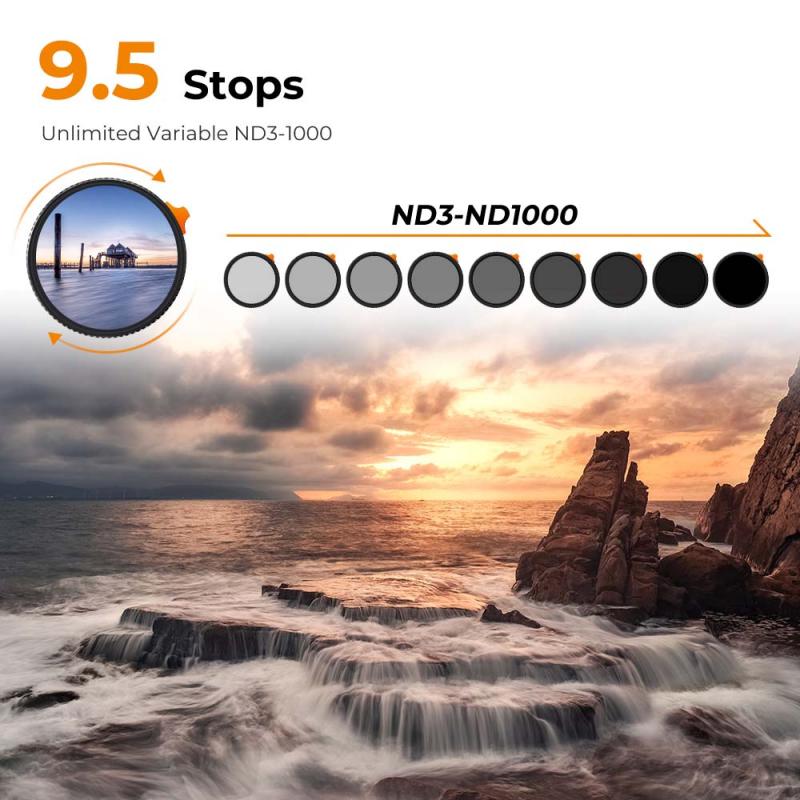
3、 Types of low pass filters used in camera systems
A low pass filter camera, also known as an anti-aliasing filter camera, is a type of camera that incorporates a low pass filter in its optical system. The purpose of this filter is to reduce or eliminate the occurrence of moiré patterns in images.
Moiré patterns are unwanted interference patterns that can occur when photographing subjects with repetitive patterns, such as fabrics or buildings with fine details. These patterns can cause distortion and false colors in the final image. The low pass filter works by slightly blurring the image, which helps to prevent the occurrence of moiré patterns.
There are different types of low pass filters used in camera systems, each with its own characteristics and effectiveness. Traditional low pass filters consist of a layer of optical material with a regular pattern of microscopic lenses or diffraction gratings. These filters are effective in reducing moiré patterns but can also slightly reduce image sharpness.
In recent years, some camera manufacturers have started to remove or reduce the strength of the low pass filter in their cameras. This is because the increasing resolution of camera sensors has made moiré patterns less common, and removing the filter can result in sharper images. However, this approach comes with the risk of increased moiré occurrence in certain situations.
The latest point of view regarding low pass filters in cameras is that they are becoming less necessary as sensor technology advances. With higher resolution sensors and improved image processing algorithms, the occurrence of moiré patterns can be effectively reduced without the need for a physical low pass filter. This allows for the capture of sharper and more detailed images.
In conclusion, a low pass filter camera incorporates a filter that helps reduce moiré patterns in images. While traditional low pass filters have been used for many years, recent advancements in sensor technology and image processing have made them less necessary. Camera manufacturers are now opting to remove or reduce the strength of the low pass filter to capture sharper and more detailed images.
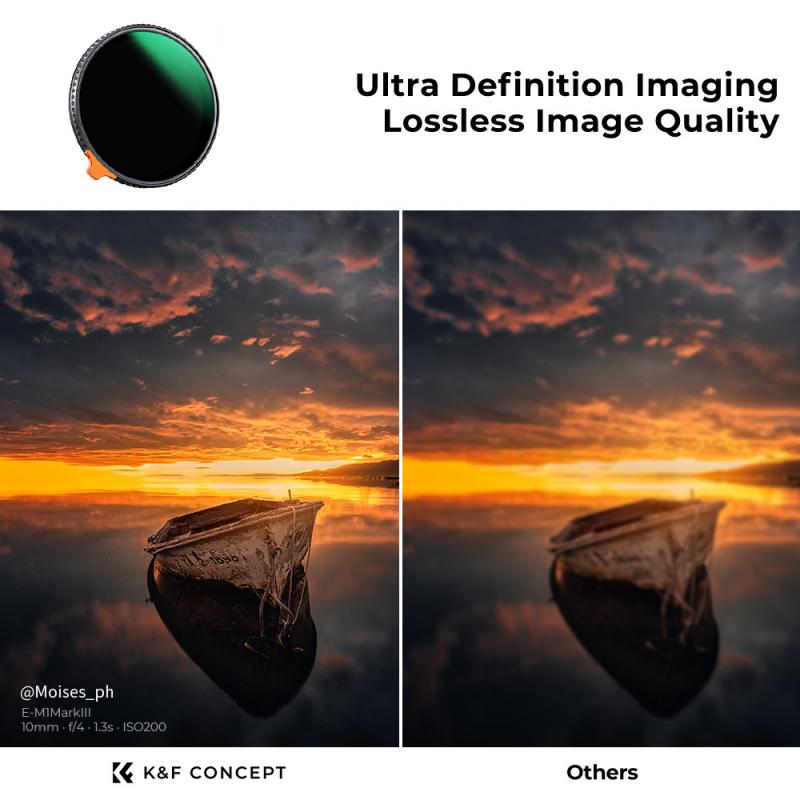
4、 Impact of low pass filters on image quality and sharpness
A low pass filter camera, also known as an anti-aliasing filter camera, is a type of camera that incorporates a low pass filter in front of the image sensor. The purpose of this filter is to reduce the occurrence of moiré patterns and false color artifacts in images.
Moiré patterns and false colors can occur when the subject being photographed contains repetitive patterns or fine details that exceed the resolution capabilities of the camera sensor. These patterns can cause interference and produce unwanted visual effects in the final image. The low pass filter works by slightly blurring the image before it reaches the sensor, effectively reducing the likelihood of moiré patterns and false colors.
However, the use of a low pass filter comes at a cost. By intentionally blurring the image, the filter also reduces the overall sharpness and fine detail in the captured photos. This trade-off between reducing artifacts and sacrificing sharpness has been a topic of debate among photographers and camera manufacturers.
In recent years, there has been a shift in camera technology towards the removal or reduction of low pass filters. This is driven by the increasing resolution of camera sensors and advancements in image processing algorithms. Many high-end cameras now offer the option to disable or remove the low pass filter, allowing photographers to capture images with maximum sharpness and detail.
The impact of low pass filters on image quality and sharpness is subjective and depends on the specific requirements of the photographer. Some photographers may prioritize the reduction of artifacts and prefer the use of a low pass filter, while others may prioritize maximum sharpness and opt for a camera without a low pass filter.
In conclusion, a low pass filter camera is designed to reduce moiré patterns and false colors in images, but it comes at the expense of overall sharpness and fine detail. The latest trend in camera technology is moving towards the removal or reduction of low pass filters, giving photographers the flexibility to choose between reducing artifacts or maximizing sharpness based on their specific needs.
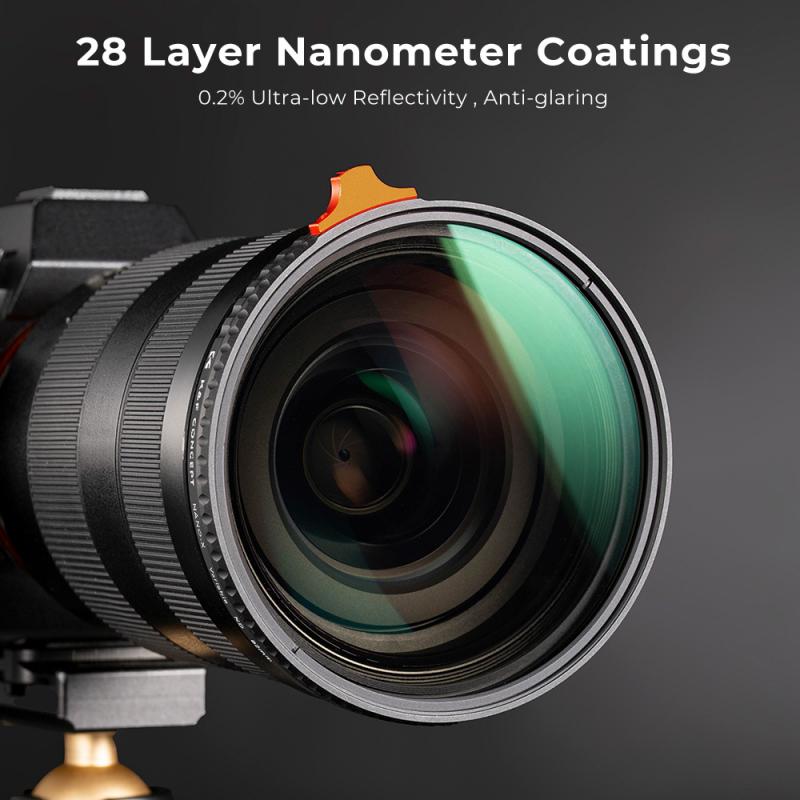


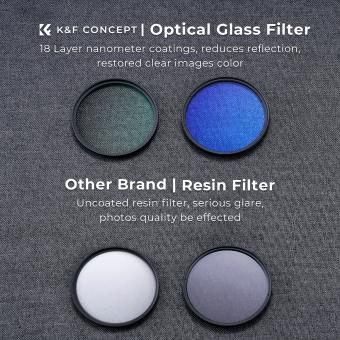


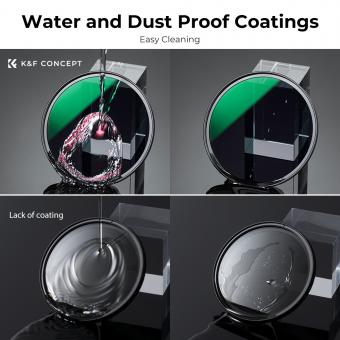





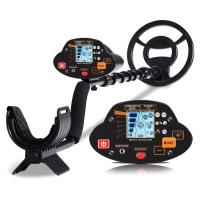
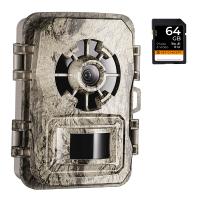





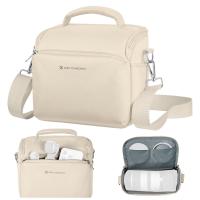

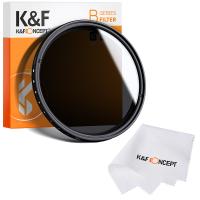

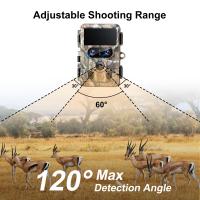
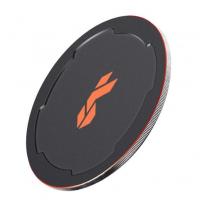


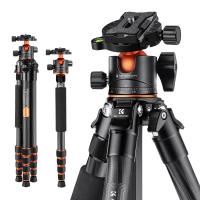


There are no comments for this blog.